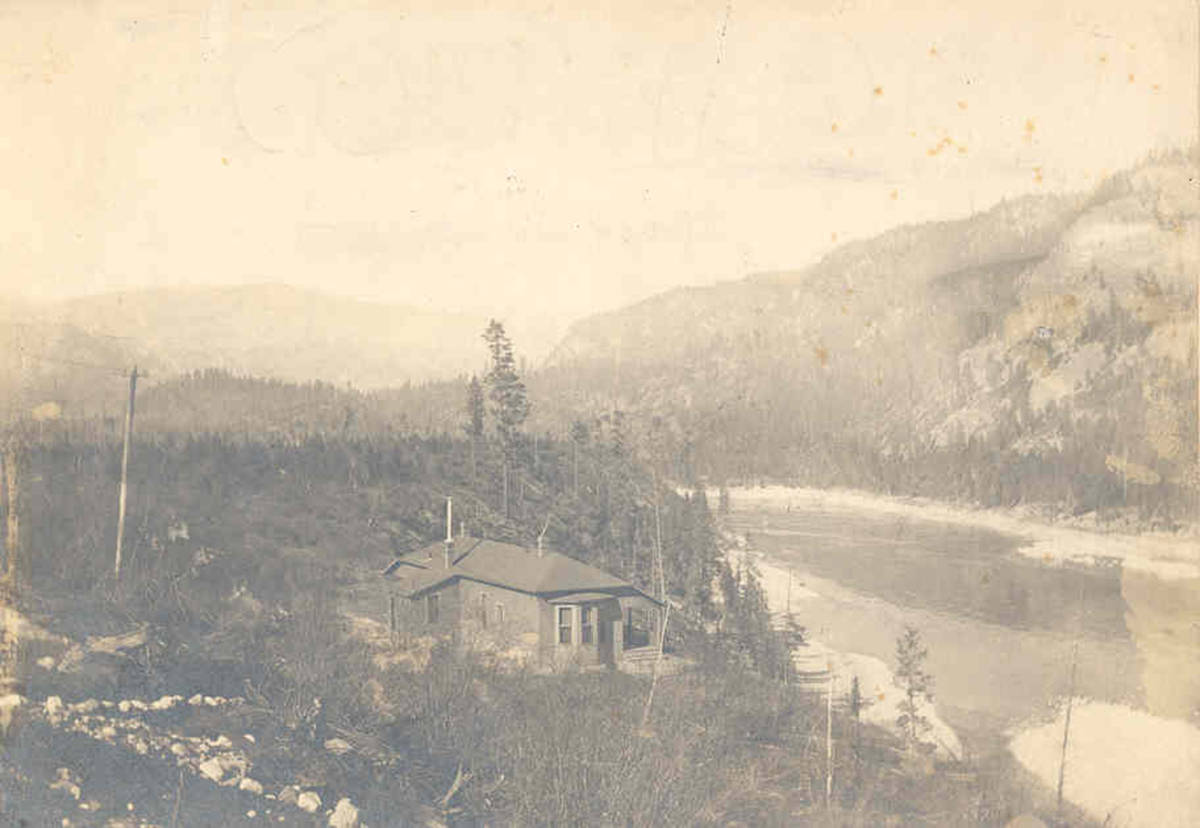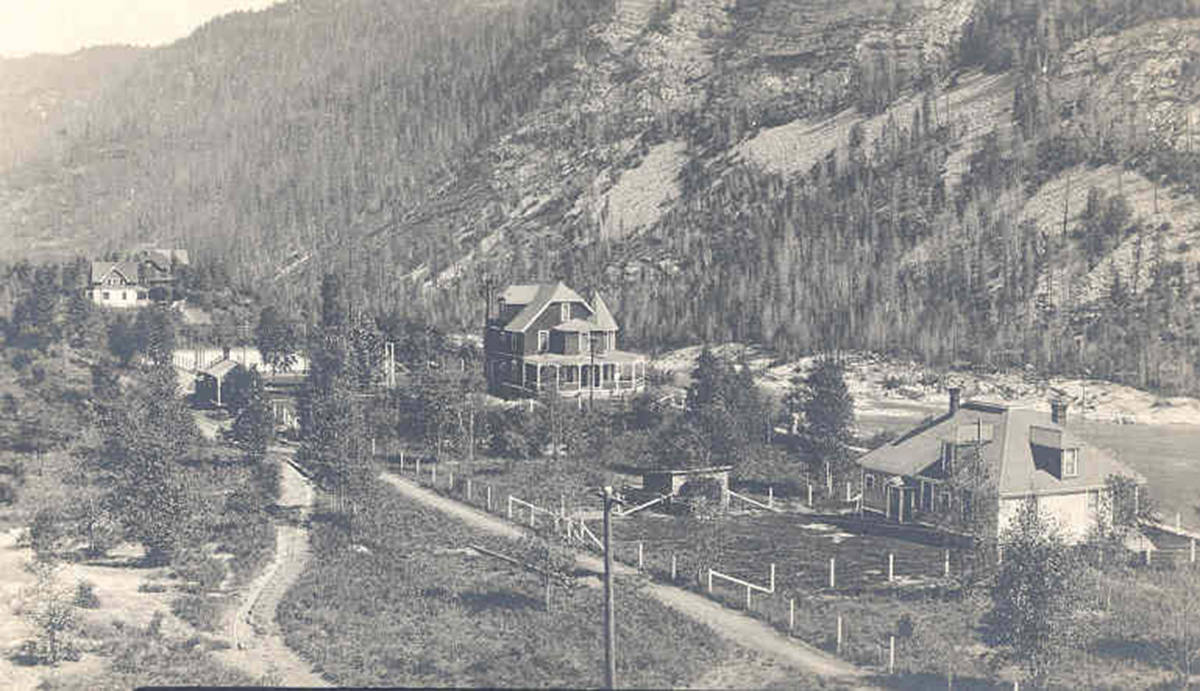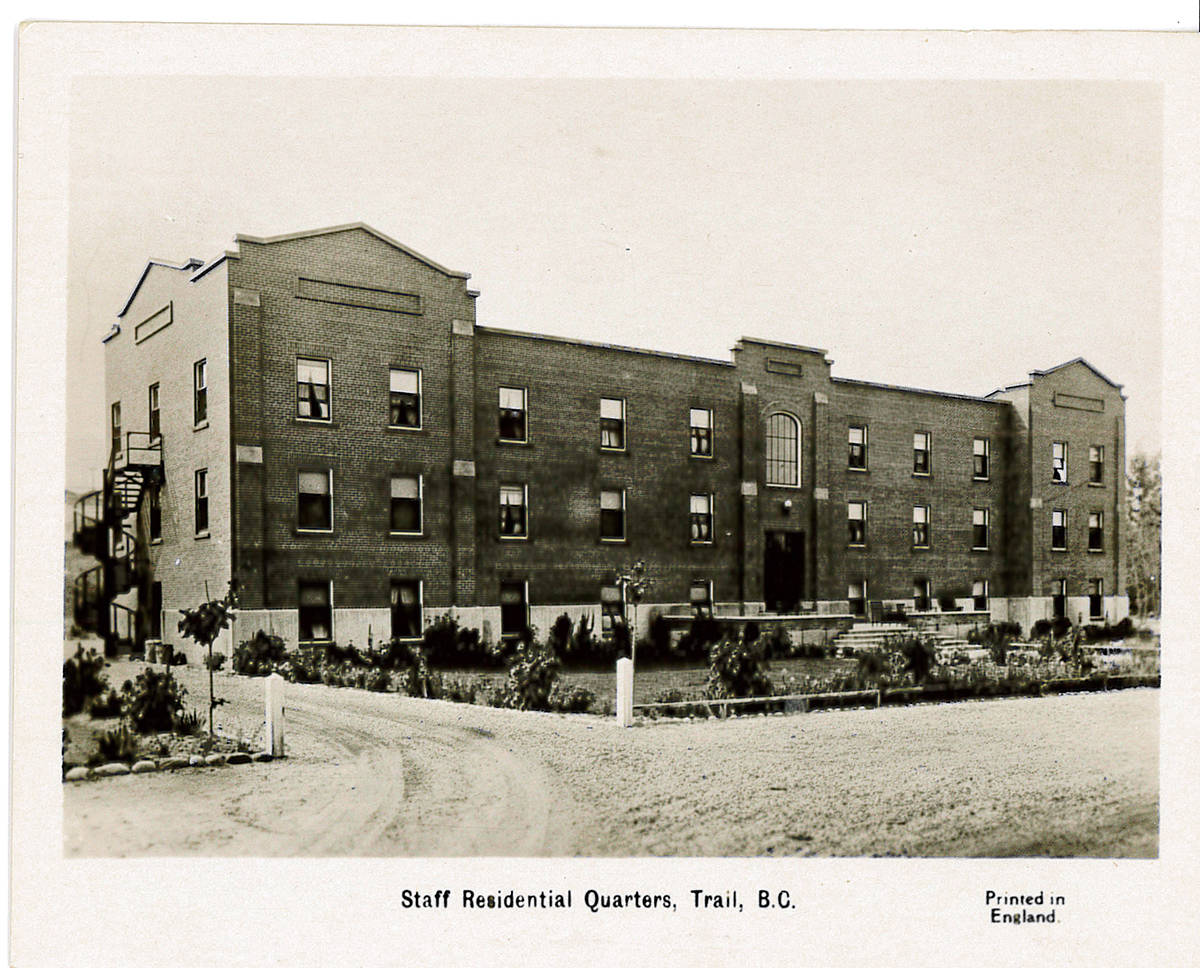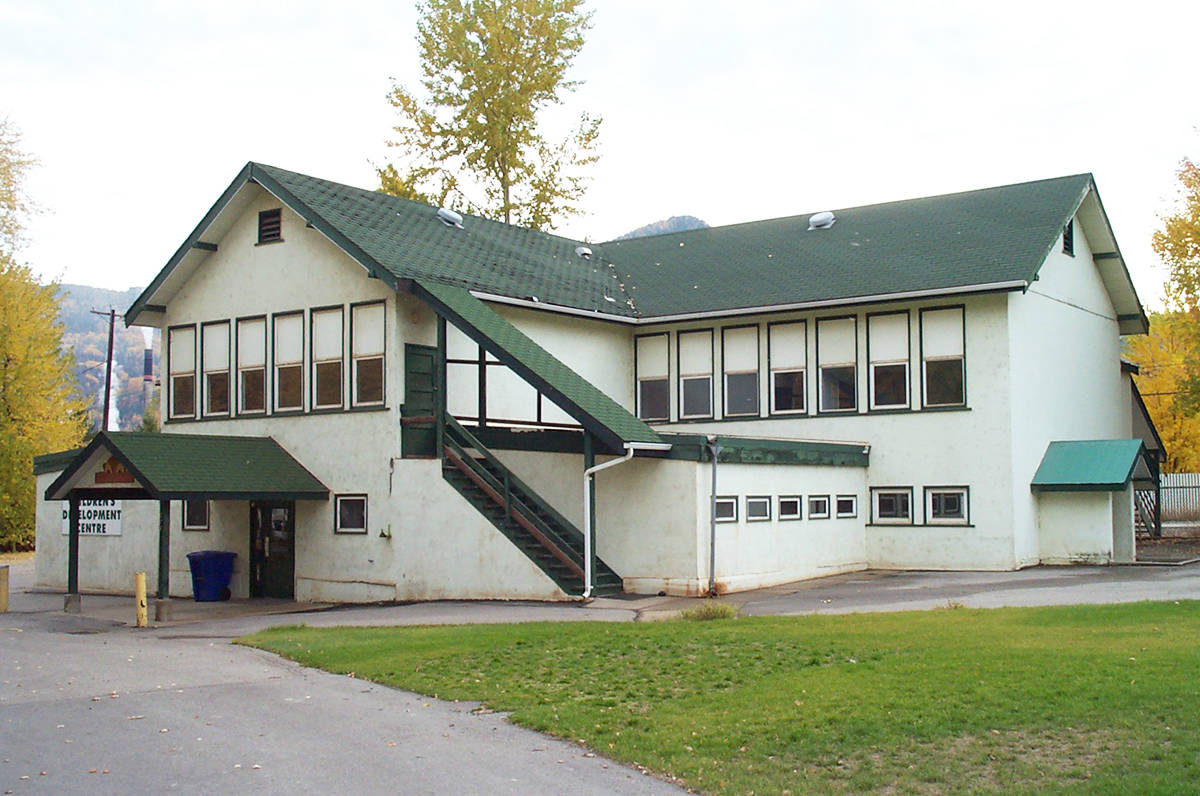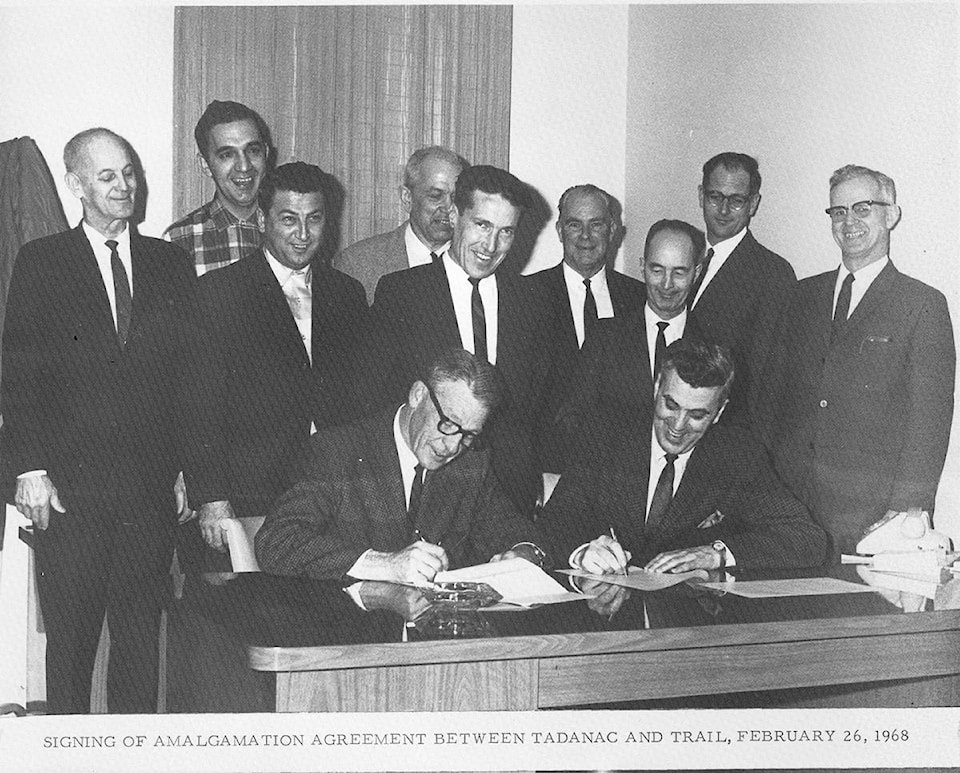A certain golden anniversary slipped by last month with nary a whisper, until a sharp-eyed reader brought it to the Trail Times attention.
Jan. 1, 2019 marked 50 years to the date since the independent town of Tadanac joined the City of Trail and the two municipalities became one.
Looking back in time, Tadanac was incorporated in 1922 so the little city could serve as a familial place for Cominco bosses to hang their fedoras next to the workplace.
With the backing of Trail council, the town became incorporated for the same reason that most districts, cities, and villages choose to incorporate - for residents to gain some control over how their taxes are dispensed.
And, of course, Cominco spent its own money on roads, maintenance and other municipal services that were outside the plant, but still within the 800-acre border of Tadanac.
Interesting story here about Tadanac: Place Names
Another related story about Tadanac: Margaret Crawford, a lifetime of advocacy
All interesting, but what is curious, is how Tadanac changed after it melded with Trail on the first day of 1969.
The Times contacted Margaret (Margie) Crawford and Kay Oliphant, sisters who were born and raised in Tadanac. The two left the area for a number of years, but eventually moved back to town. They cared for their mother Isabel Crawford in the family’s Tadanac home until she passed just two weeks shy of her 104th birthday in 2009. Margie and Kay still live together in their childhood house, a beautiful heritage property on Kootenay Avenue.
“The original intent was for the executives of Cominco to live here,” Margie began. “The only reason we lived in Tadanac was because Dad (Dr. ‘Greg’ Crawford) happened to be Blaylock’s doctor.”
(Selwyn Blaylock was a Cominco general manager in 1919 who worked his way up to President of Cominco in 1939)
She recalls playing atop the sulphur piles with Kay, and being part of one of the first Kindergarten classes in the region, which was run in the Tadanac Hall. Later, the sisters would walk down the street to Tadanac Elementary School where they completed grades one through six. In the warmer months they would take a dip in a beautiful outdoor pool located up on a little knoll and on their way home, breathe in the sweet scent of flowers that then-Cominco planted throughout the town’s green spaces.
“In those days, (Cominco) kept the whole of Tadanac in gorgeous shape in terms of flowers, gardening and landscaping,” Margie said. “We use to have a greenhouse up here that was run by a wonderful man named Mr. Groutage. He supplied everyone up here with flowering plants, the greenhouse was located right near where the concrete wall is now, where Stoney Creek Road and Maple Road join.”
There were no churches, grocers or retail stores in Tadanac, so a trip to the big city was still necessary. But the municipality did have its own police force and mayor, or “reeve” as the town leader was known as back then. (From 1922 until Dec. 31, 1968 this position was held by 11 different men)
“I remember when I was a kid growing up we had our own security guards for this area,” Margie said. “They were wonderful. If you went away on a holiday, you would alert them and they would check your house and make sure everything was secure.”
The town was tight-knit, and neighbours came together in all their finery for outings like Cinderella Dances at the Tadanac Hall, which before teardown, was located next to the tennis courts. But living in a wealthy area did come with a few drawbacks as Margie recalled.
“The tough part of living in an affluent neighbourhood was that people considered you a snob if you lived up here,” she shared.
“So as a student, or a young person, there was quite a bit of judgment and people were wary if you said you lived in Tadanac. By large, it was the last thing you admitted,” Margie laughed. “I used to say to mom and dad, why didn’t you live in Sunningdale for goodness’ sake.”
Tadanac today looks much different that it did before amalgamation. Homes are owned by whomever chooses to buy them, and over the years, many original structures have been torn down. Gone are the police quarters, a large brick building that housed company staff as well as its adjoining housekeeper’s place, and the school.
All that really remains is the Tadanac tennis court, in terms of company or municipally-built amenities that is.
“The main thing we lost as a result of the amalgamation with Trail was our own ‘cop shop’ as it was called,” Margie said. “Then all the others gradually went … so that gives you an idea of what happened to the municipality,” she added.
“But those other losses such as the swimming pool, Tadanac Hall, staff house/training centre and Tadanac Elementary School, could not be attributed to the amalgamation, as far as we know.”
Though some of the original executive houses have since been demolished and the land left barren, Teck still owns the famous “big house” on Ritchie Avenue.
Built as a company guest house in 1935, the two-story structure is still the highest assessed home in Trail, valued at $864,000.
As a side-note, when the Trail-Tadanac Amalgamation Commission was studying the desirability of a union in the 1950s - long before recommendations went to legislation in 1967 - the Village of Warfield was also a big part of the conversation.
Interestingly, the topic of Warfield amalgamating with Trail still comes up every civic election cycle but it never gains traction.
Finally, the Trail Museum and Archives was instrumental in providing background and photos for this story. However, as manager Sarah Benson-Lord pointed out, so much history of this time was lost in the Trail Creek flood of April 1969, including all the Trail Daily Times files and photos stored in the basement.
newsroom@trailtimes.ca
Like us on Facebook and follow us on Twitter
